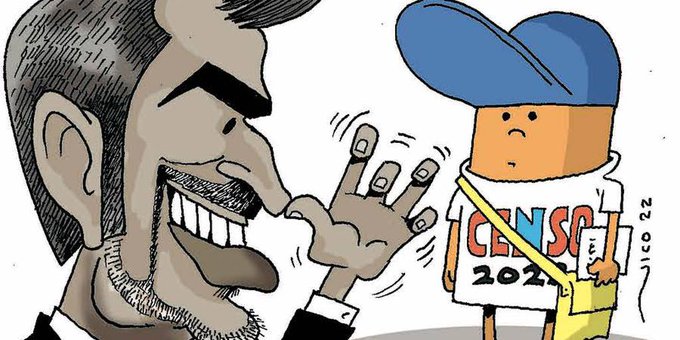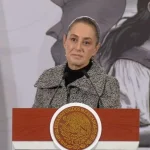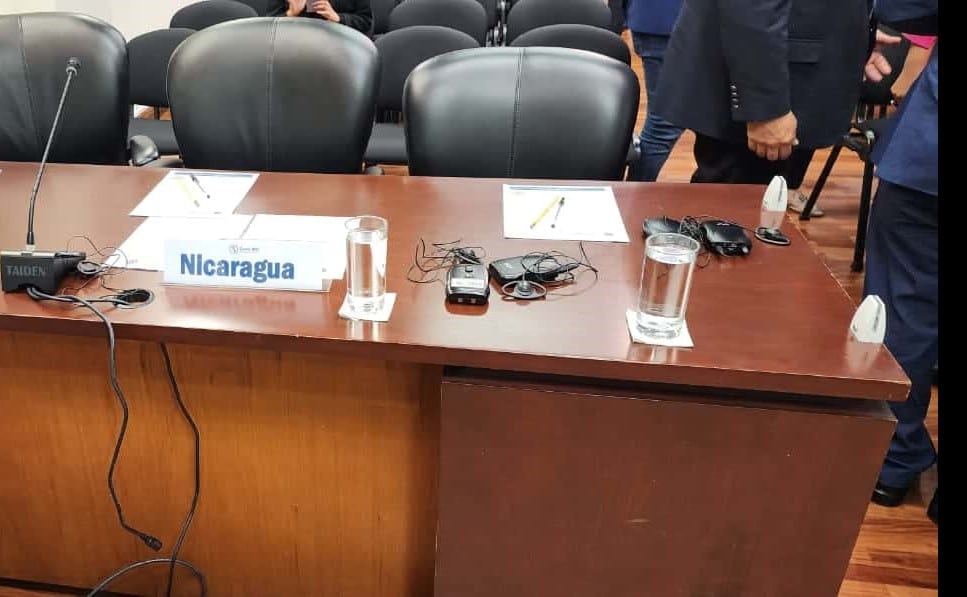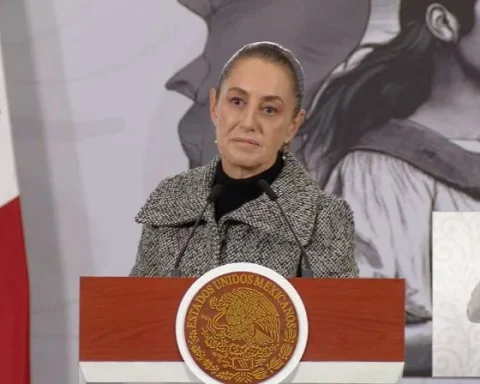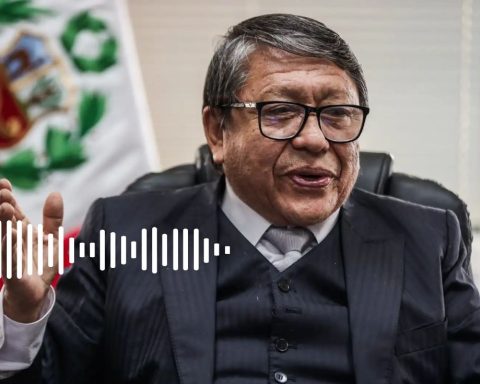Residents of the Department of Traumatological Rehabilitation of Kinesiology and Physiotherapy of the Faculty of Medical Sciences UNA, Hospital de Clínicas, graduates Orlando David Aranda Santamaria and Silvana María Acosta Campuzano, presented an article on the levels of rehabilitation of the cruciate ligament injury that was published in the Journal of Residents of Kinesiology UNA, an informative digital magazine that we present below.
The cruciate ligament injury It is a common pathology in the trauma rehabilitation area related to sports practice that involves gestures such as sudden changes in speed, direction, pivoting or jumps, such as basketball, handball or soccer. In most cases they are related to indirect traumatic mechanisms, that is, not always involves a trauma direct on the knee.
This therefore suggests that at the time of injury, the athlete was not in the best physical condition and muscular control to carry out the particular gesture that caused the injury, being able to deal with some deficiency of muscular control in a particular articular range, the lack of dynamic stability, proprioceptive response, muscular coordination or the delay in muscular response time before a demand to which the segment is subjected, in this case, the knee.
In the rehabilitation process, once the post-traumatic inflammatory process has been overcome, therapy is aimed at restoring joint ranges, strength, coordination and a better proprioceptive response, (all this through active therapy and movement), so it is established a progression of active exercises. The post-injury time in isolation is not a parameter to determine an optimal degree for the return to sports practice. Therefore, during the rehabilitation process, a progression of exercises constituted from measurable and objectifiable parametersand that through functional tests measure the control capacity of the lower limb and its response to a controlled demand.
It may interest you: Enable scheduling form for non-registered
In the Rehabilitation Service of the Department of Traumatological Rehabilitation of the Kinesiology and Physiotherapy career of the Faculty of Medical Sciences, we use a battery of functional tests to objectively and quantifiably determine the functional capacity of the lower limb. These tests are categorized into 4 levels, with both quantitative and qualitative tests at each of these levels.
Static and dynamic stability in frontal, sagittal and multidirectional planes are evaluated. In the first levels, one-legged static tests are evaluated, in the intermediate levels, one-legged frontal jumps are performed, and in the last levels, lateral jumps are evaluated and, finally, jumps that involve receptions with rotations. In all these tests, the quality, the muscular and postural compensations to perform a gesture, the difference in jump distance that one leg and the other are capable of, and the number of repetitions performed effectively in a period of time are observed. . These are quantifiable parameters that are as close as possible to the patient’s functional expectations and gestures involved in sports practice.
It’s news today: Census 2022: Senate asks to report use of USD 43 million
It should be noted that these tests they are only performed after controlling the inflammatory phase that follows the injuryn. The importance of functional tests lies in the information that the patient provides to the kinesiologist to be able to direct the therapy and the progression of exercises, as well as to know the functional deficits to make adjustments through muscle activation and corrective exercises in a controlled manner. , with the goal of improving member performance and function.
In conclusion, making these measurements and interpreting their results, they offer the rehabilitation therapist, functional parameters and global performance of the member in the face of the demands that he is able to perform and control effectivelythus moving away from areas of risk of injury or recurrence, which invites us to integrate this methodology into daily professional practice as a predictive instrument in the event of limb injuries, so as to objectify the optimal return to sports practice.
Those interested can find this and other related articles in the following link of the Journal of Residents of Kinesiology UNA https://www.med.una.py/images/descargas/kinesiologia/Revista_Residencia_4ta_edici%C3%B3n.pdf
